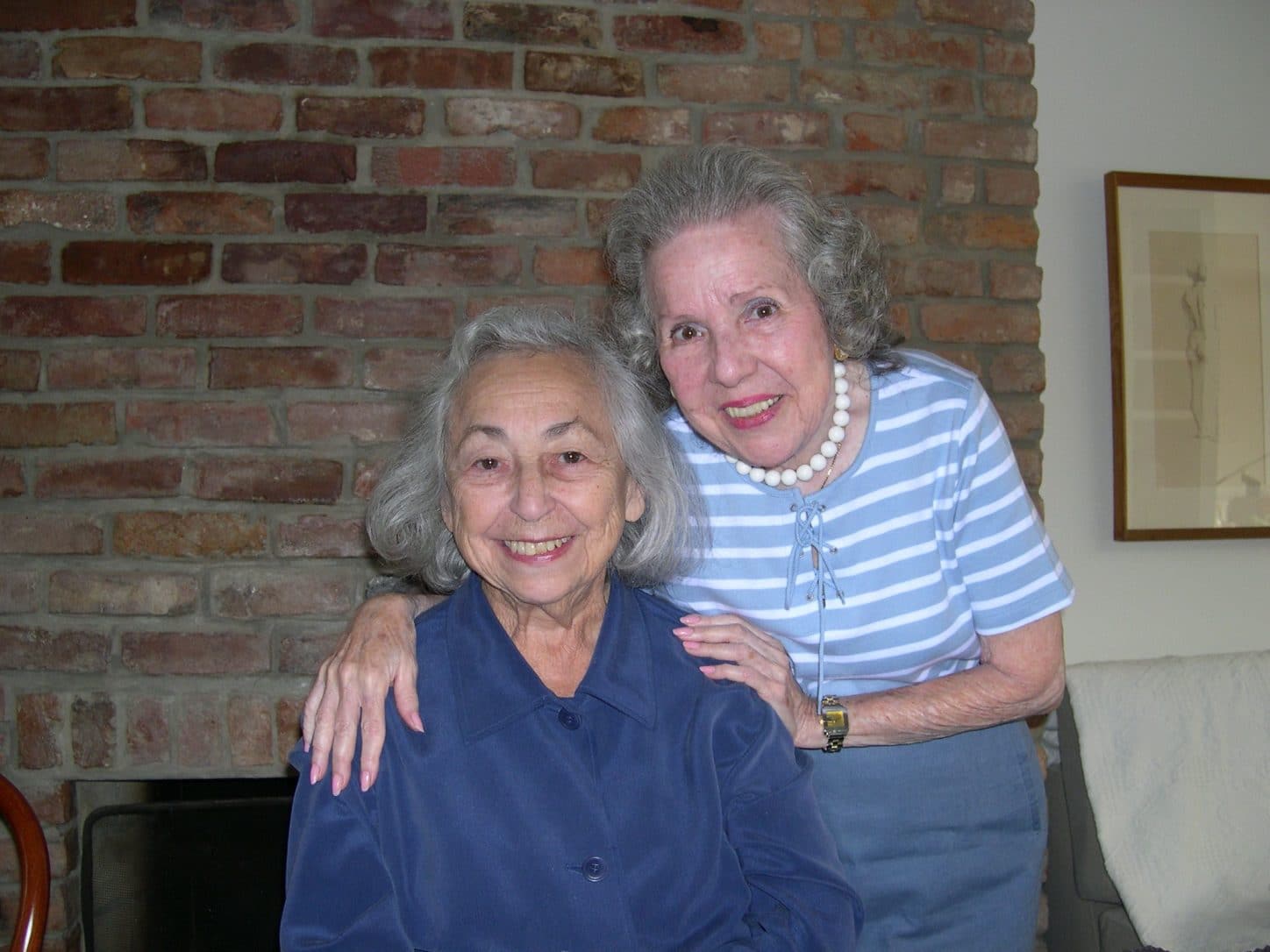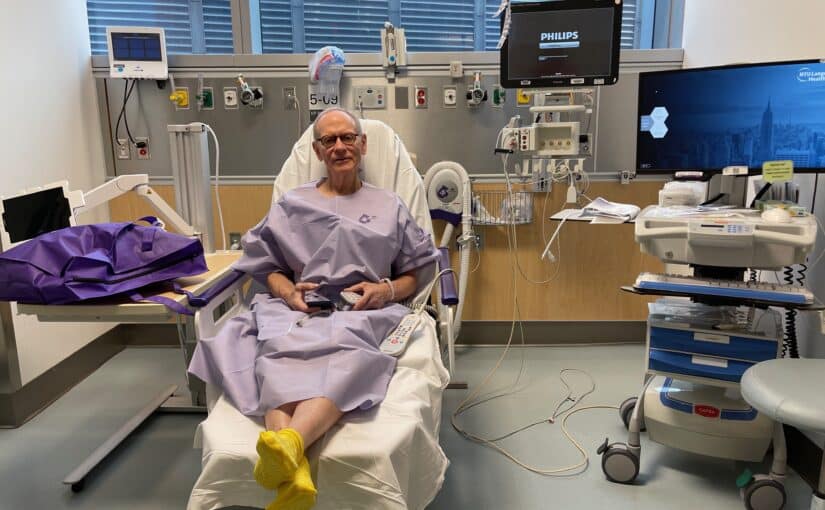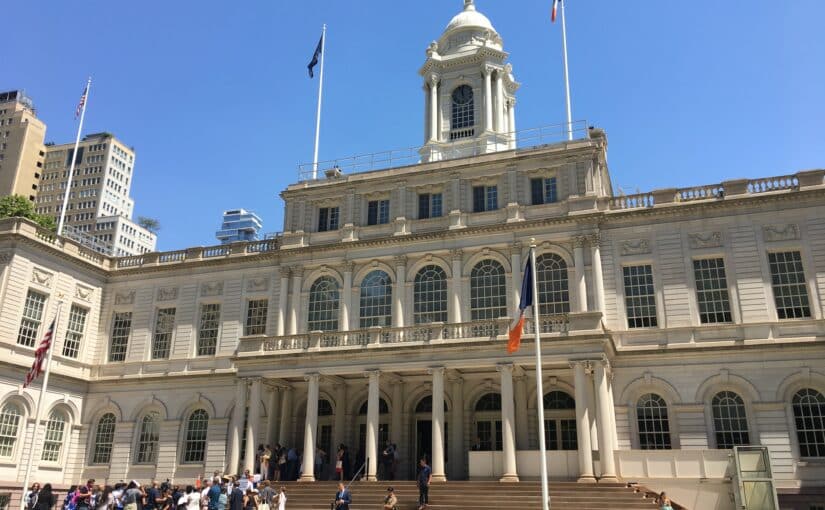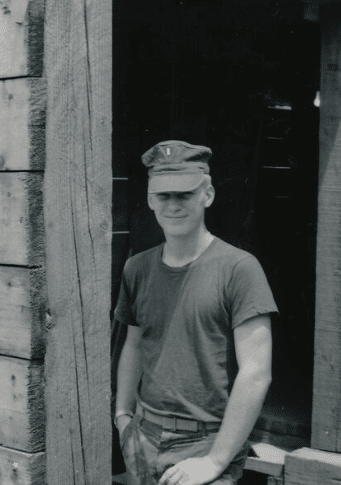Barbara Nevins Taylor
As a daughter, a relative and a reporter I’ve helped and watched a number of people move into assisted living facilities. We wanted safety, security and a vibrant life for our family members and we urged them to make the change.
But I’m always curious about others I meet and I ask the obvious question, “Why did you choose this?” Most say, “My children are making me do it” Or, “My daughter thinks I need to be here,” or “Well, what was I going to do?”
They all say they didn’t want to give up their homes and their lifestyles. But when I see them a few months later, most seem to ease into the community and create a new life for themselves.

Assisted living may not be the choice of your dreams, but it’s a good one when you’re ready to say that you can’t do everything for and by yourself. A well-run place gives you plenty of breathing room and makes everything easy.
You can have your own apartment and maintain your privacy. In some cases, there’s apartment sharing to help reduce the cost. You’re not a prisoner and you’re not trapped. You can come and go as you please. Some keep their cars, and go off by themselves regularly. But fundamentally, you are in a community with support and a safety net.
WHAT’S OFFERED
First of all, you don’t have to cook. While most apartments include small kitchenettes with a refrigerator and a microwave, you share most meals in a dining room with service and a hotel atmosphere.
My mom moved into an assisted living facility, owned by Atria, on Long Island when she was 89-years-old. She lived there happily for six years. While she was reluctant at first, she acclimated quickly. My sister and I were surprised by her level of involvement in activities. She was always proud to show off. “This is where we have coffee in the afternoon, and this is where watch movies. Isn’t it nice,” she would say. On one visit, we found her singing with the chorus. It turned out she was a regular. We had no idea she liked to sing.
Generally, there’s a range of activities from trips to cultural institutions, supermarkets and shopping malls, to gentle exercise programs, to musical and theatrical presentations, to crafts, current affairs and games to stimulate thinking. I’ve use the word community a number times because belonging and participating is part of the package. You don’t feel isolated and lonely.

The community atmosphere works particularly well for my cousin Marilyn. She’d lived alone in a big apartment and found it increasingly difficult to get out. But after she moved into assisted living in Queens, she made new friends, ate better, looked better and even began to have her hair done regularly.
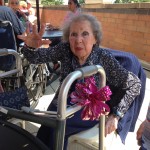
MEDICAL HELP
Marilyn also needs medical help and uses the onsite nursing and healthcare assistance. She no longer worries about which medication to take in the morning, or the evening, “They know what to do,” she says.
Staffers work with the doctors of your choice and dispense medication regularly and safely. At some facilities, doctors make onsite visits. That worked well for my mother. Her mantra always was, “Stay away from doctors.” But eventually she needed some medical help and her visits to the doctor’s office became part of the routine. Frequently, specialists like podiatrists also make scheduled visits and treat patients on site.
This isn’t cheap. Depending upon where you live fees range from $3,000 a month to over $8,000. There are extra fees and add-ons as you need more assistance.
In some states, like New York, you can use Medicaid to pay for some assisted living facilities. The website New York Health Access run by legal aid attorneys and paralegals offers a guide to what’s available. I wish there were enough financial and political support to broaden assisted living programs. It makes sense to help older people continue to live with dignity.
The Assisted Living Federation of America is a resource for finding facilities in your area.
